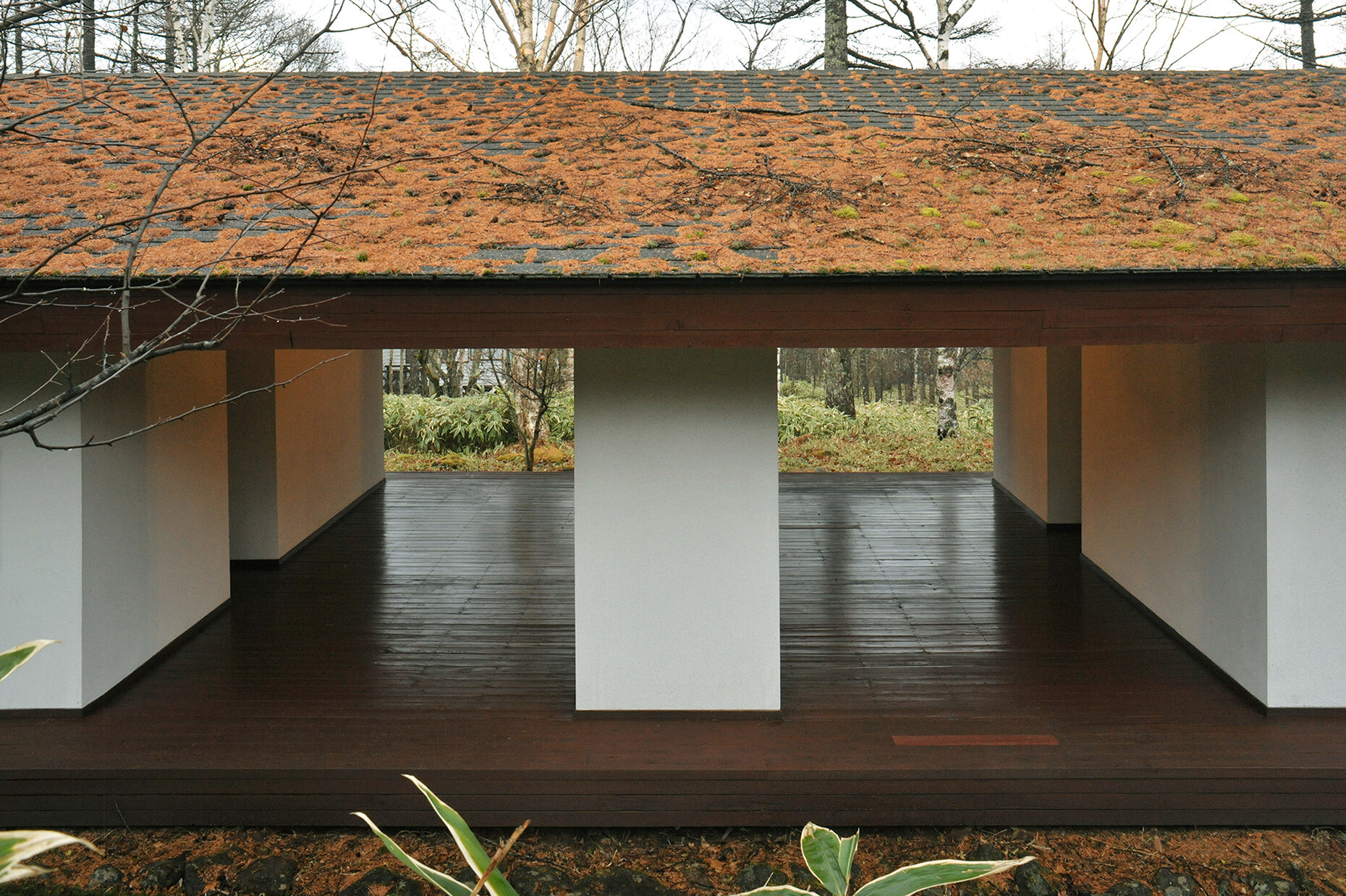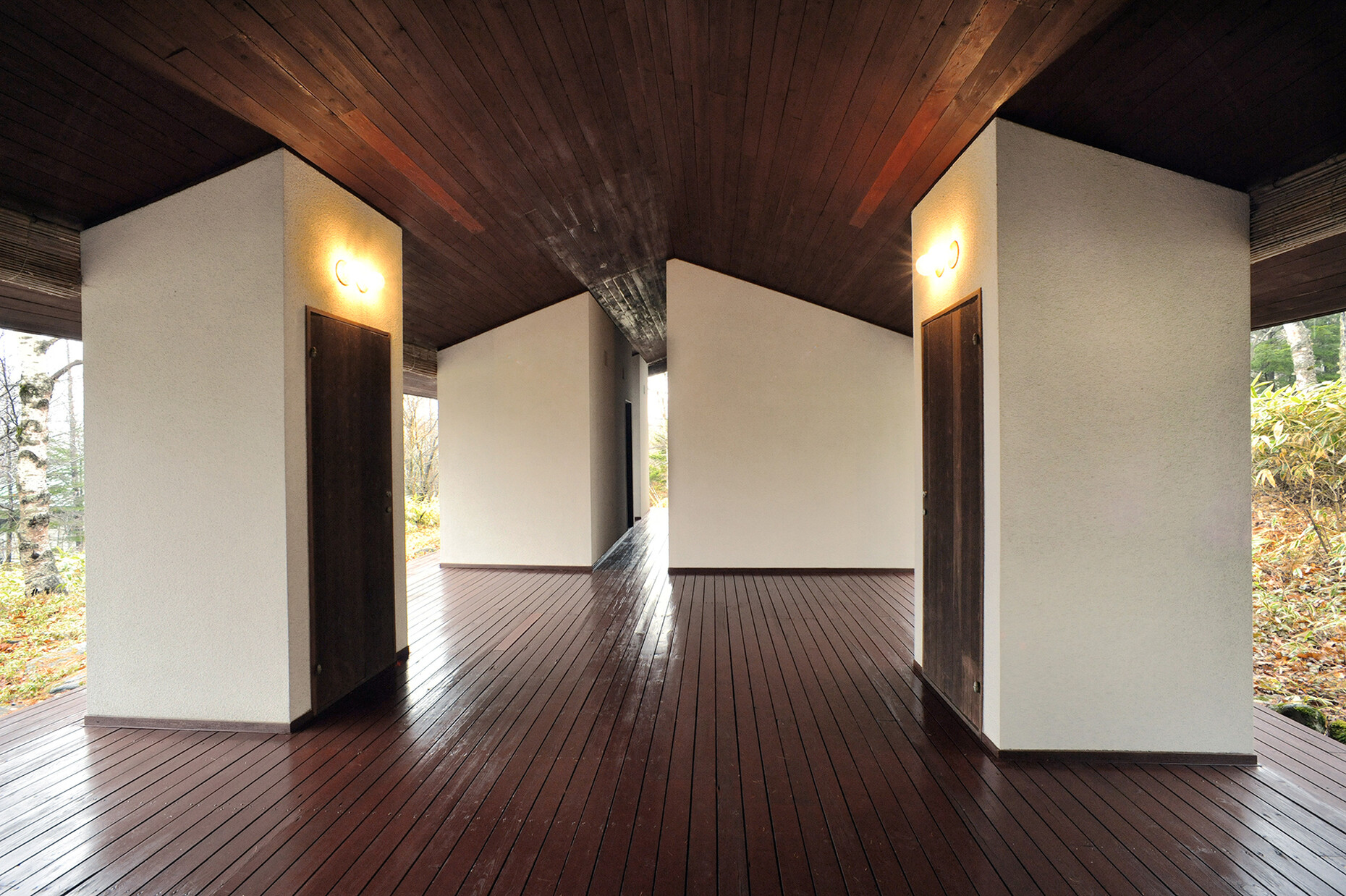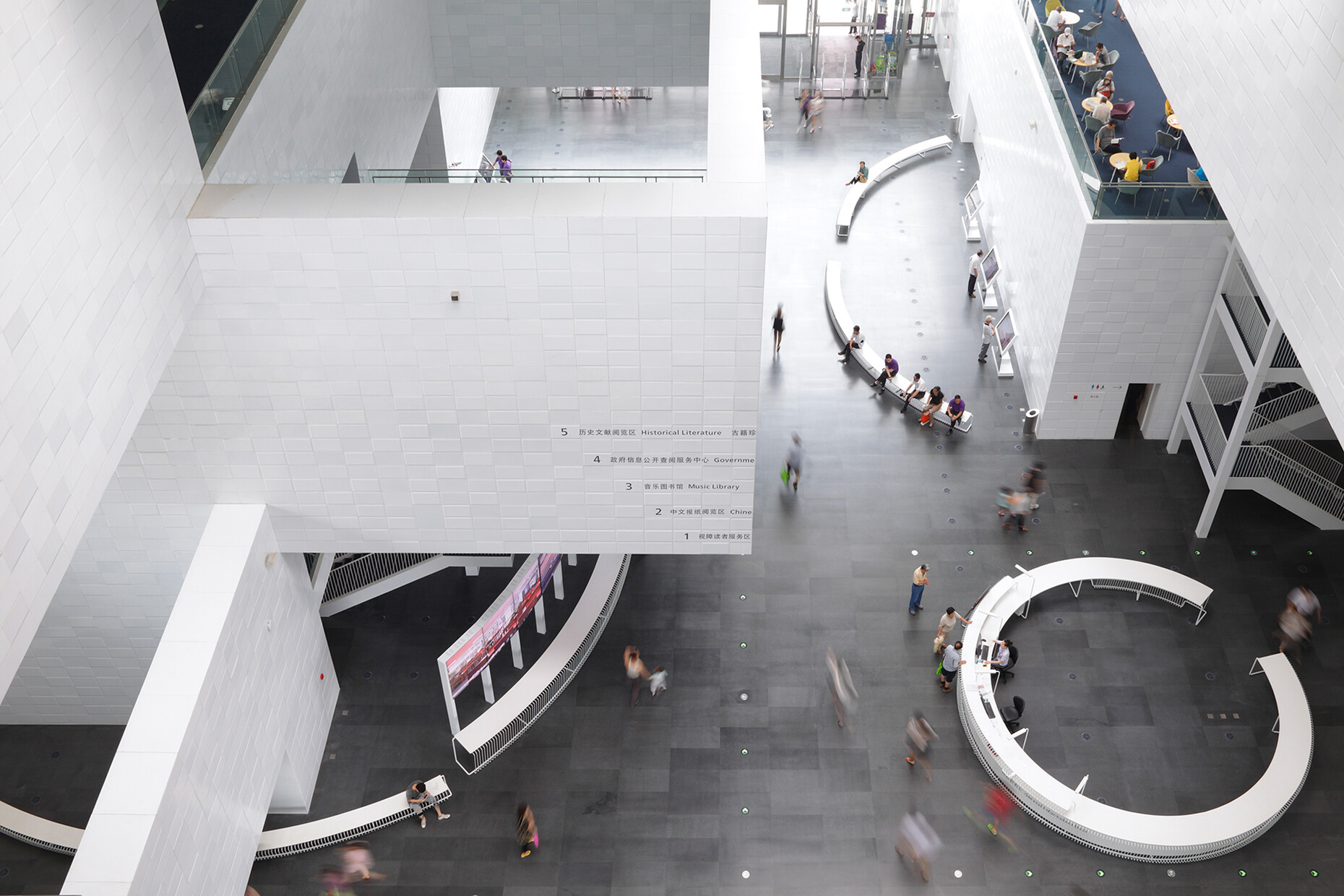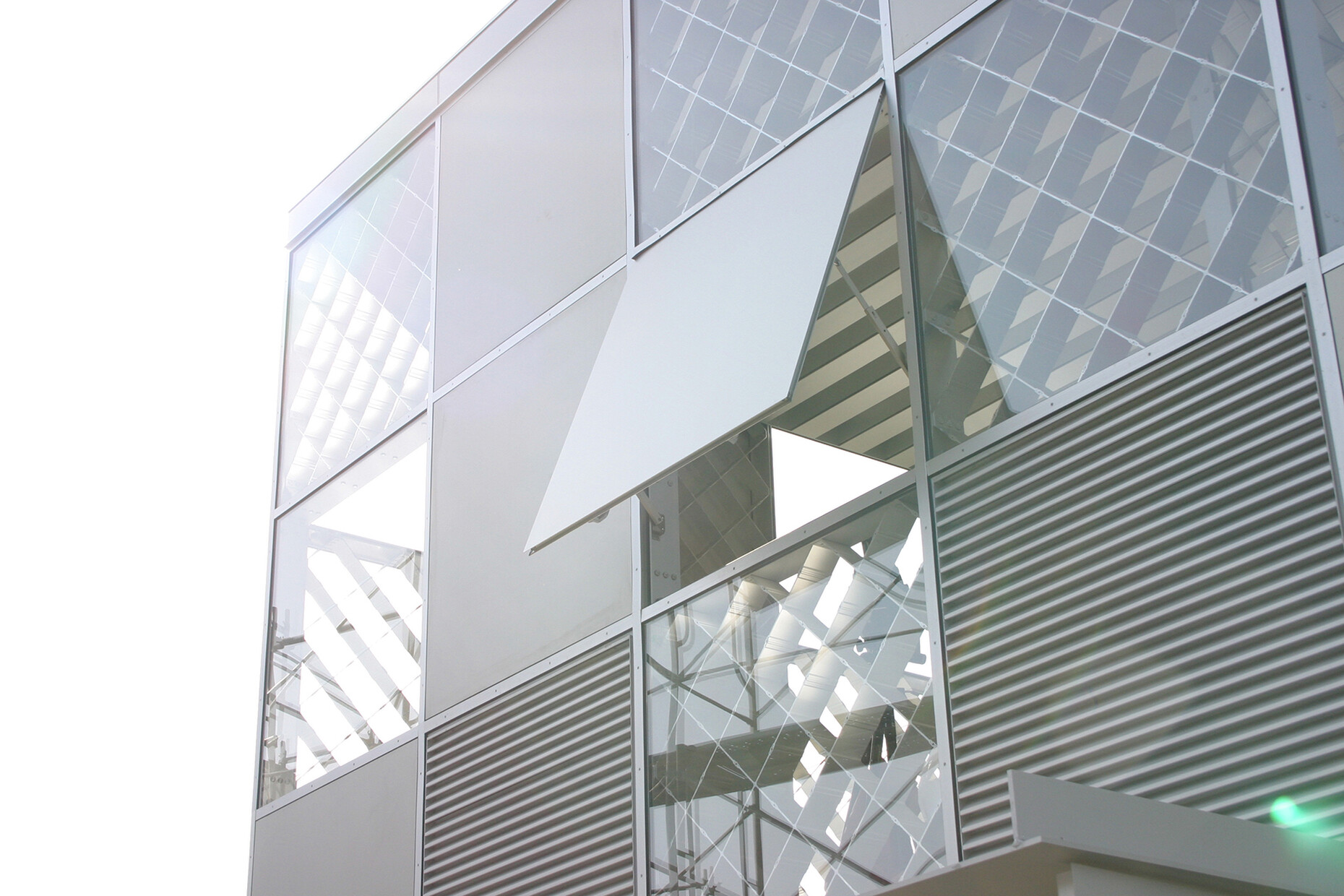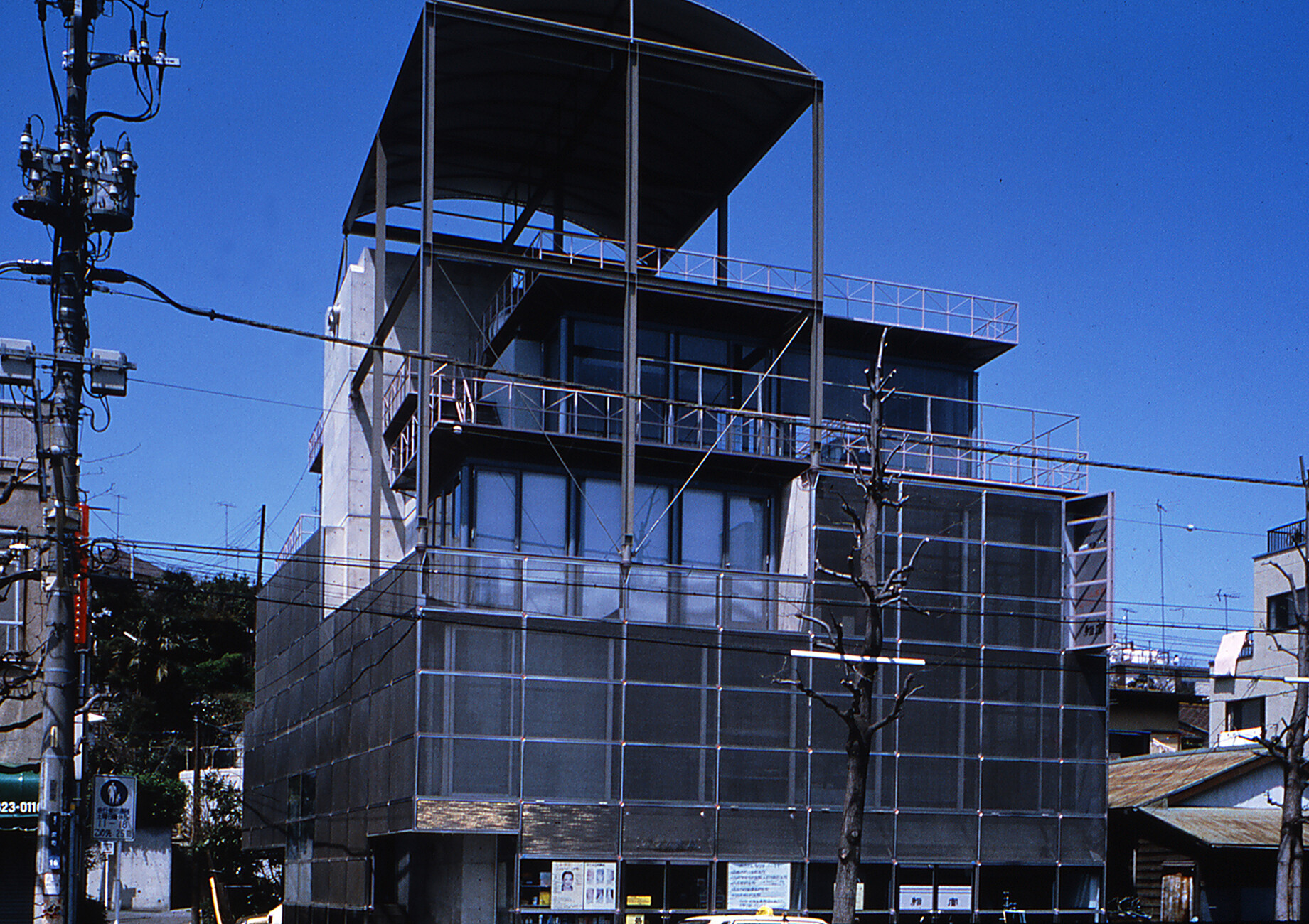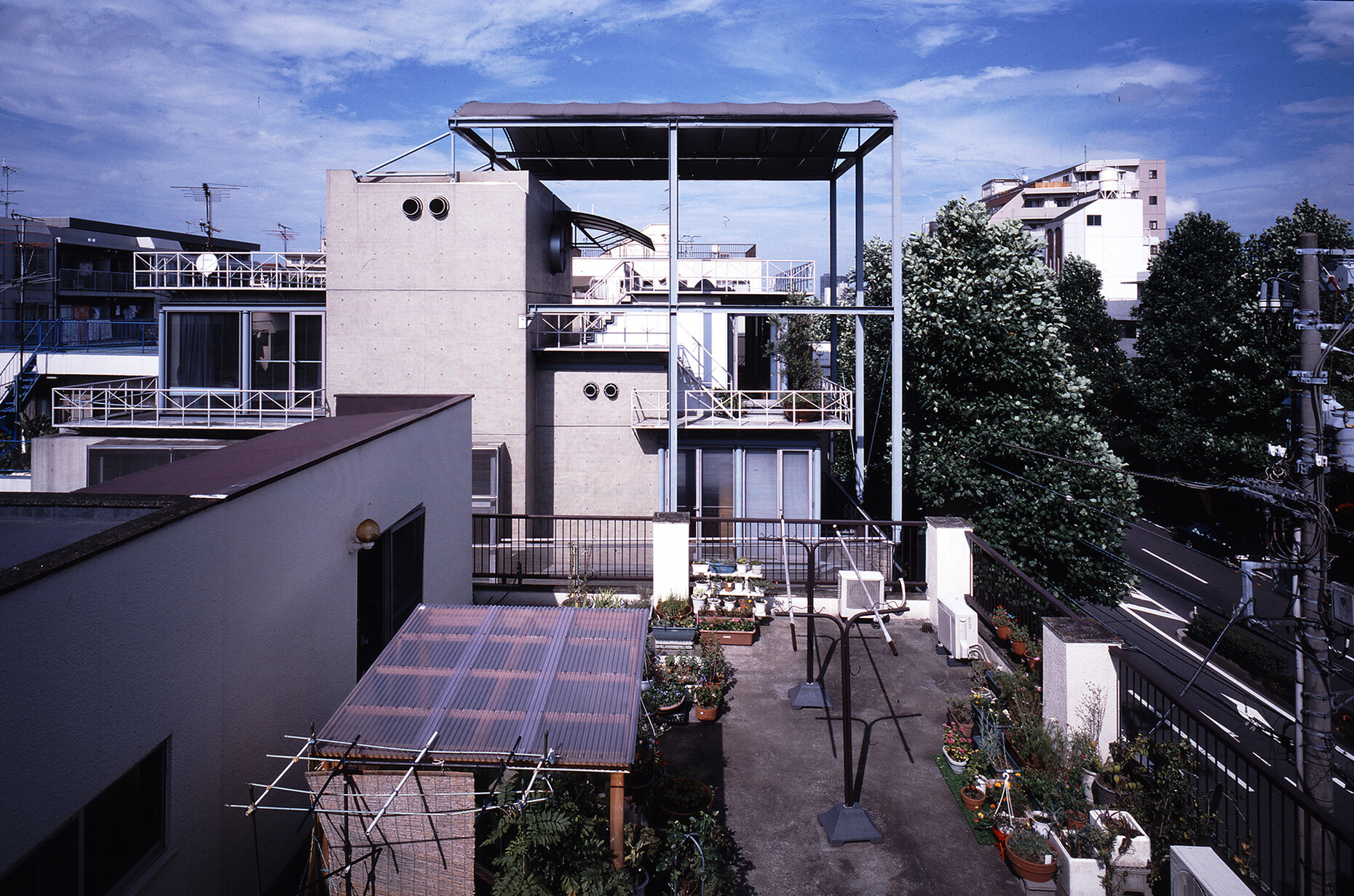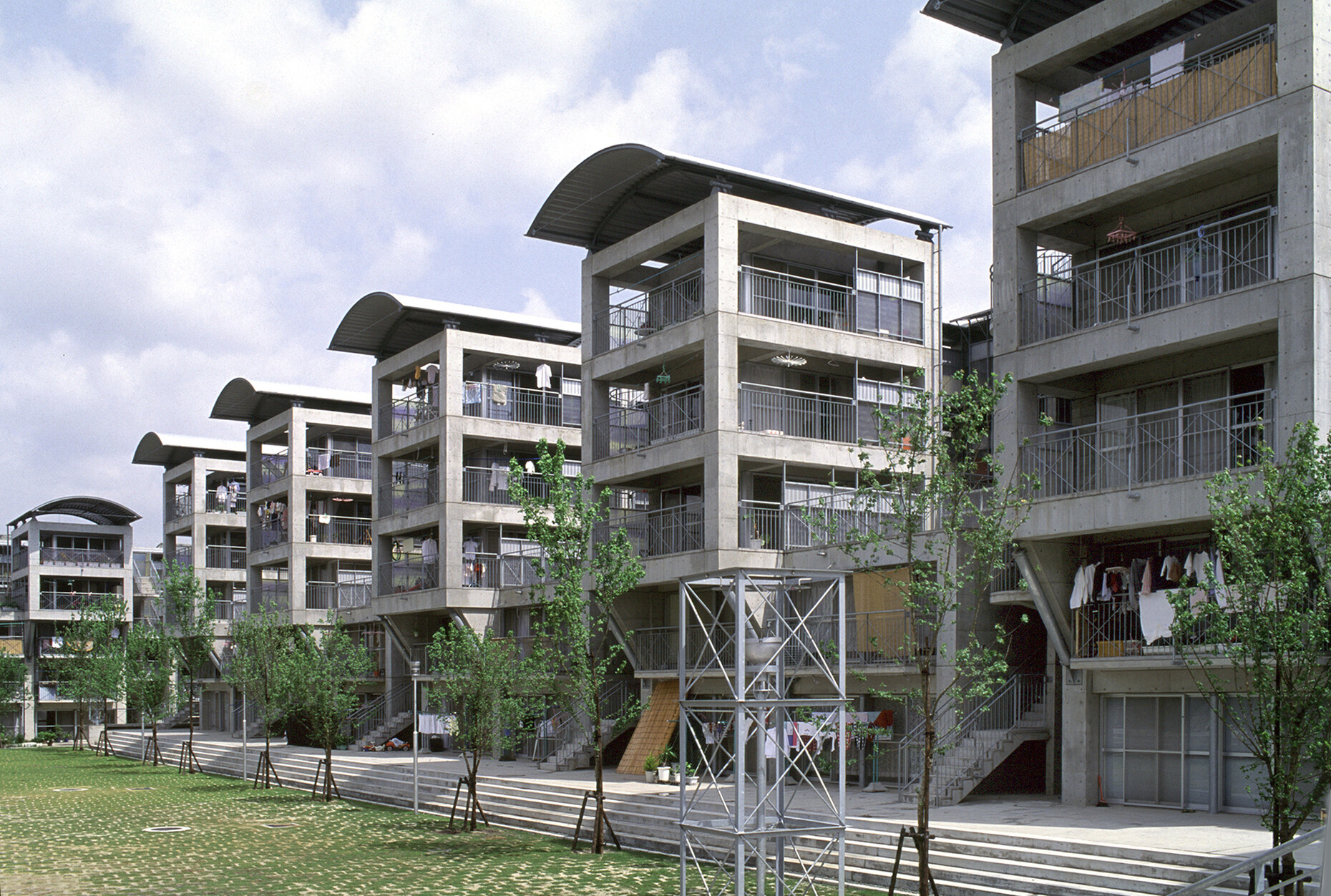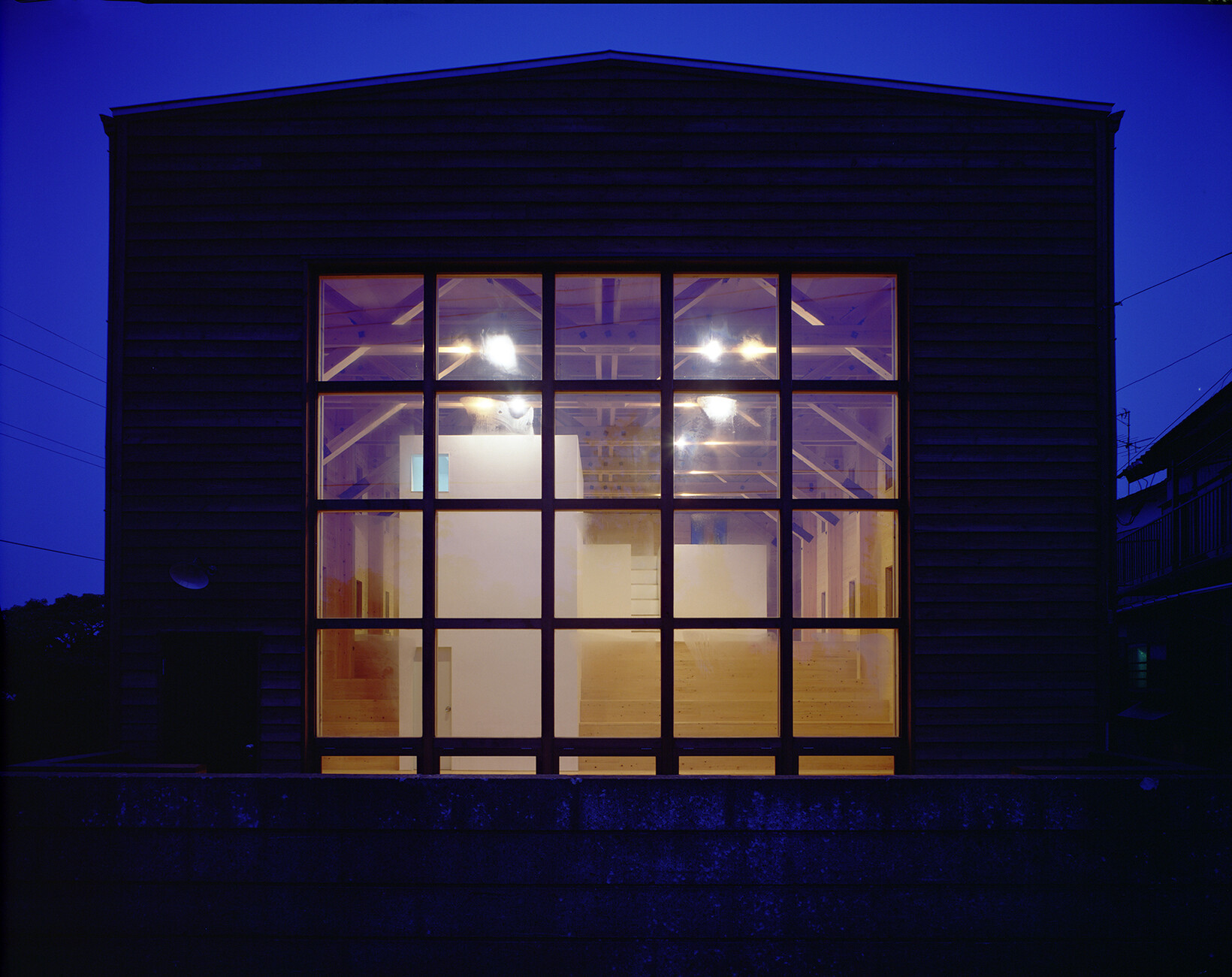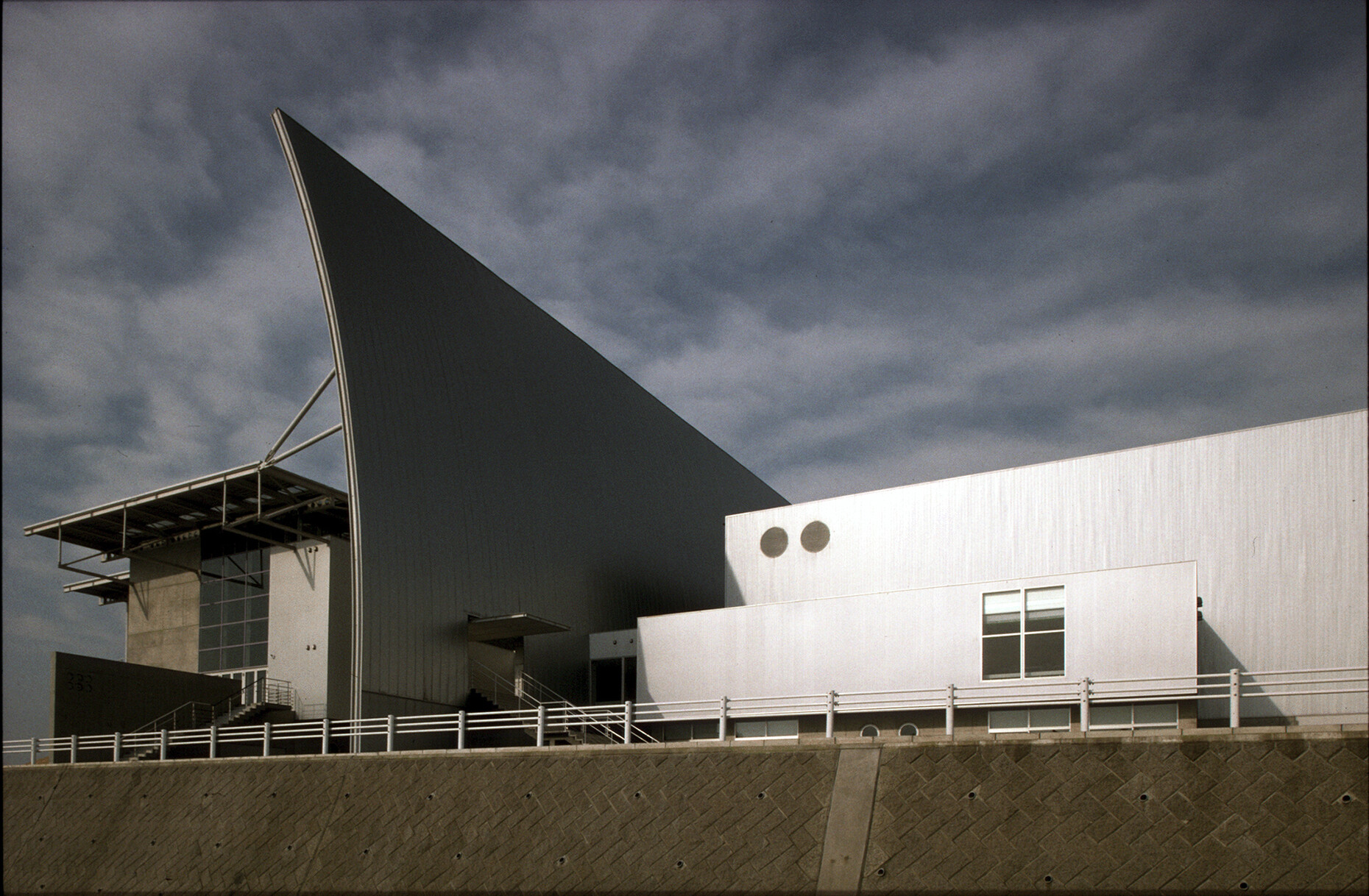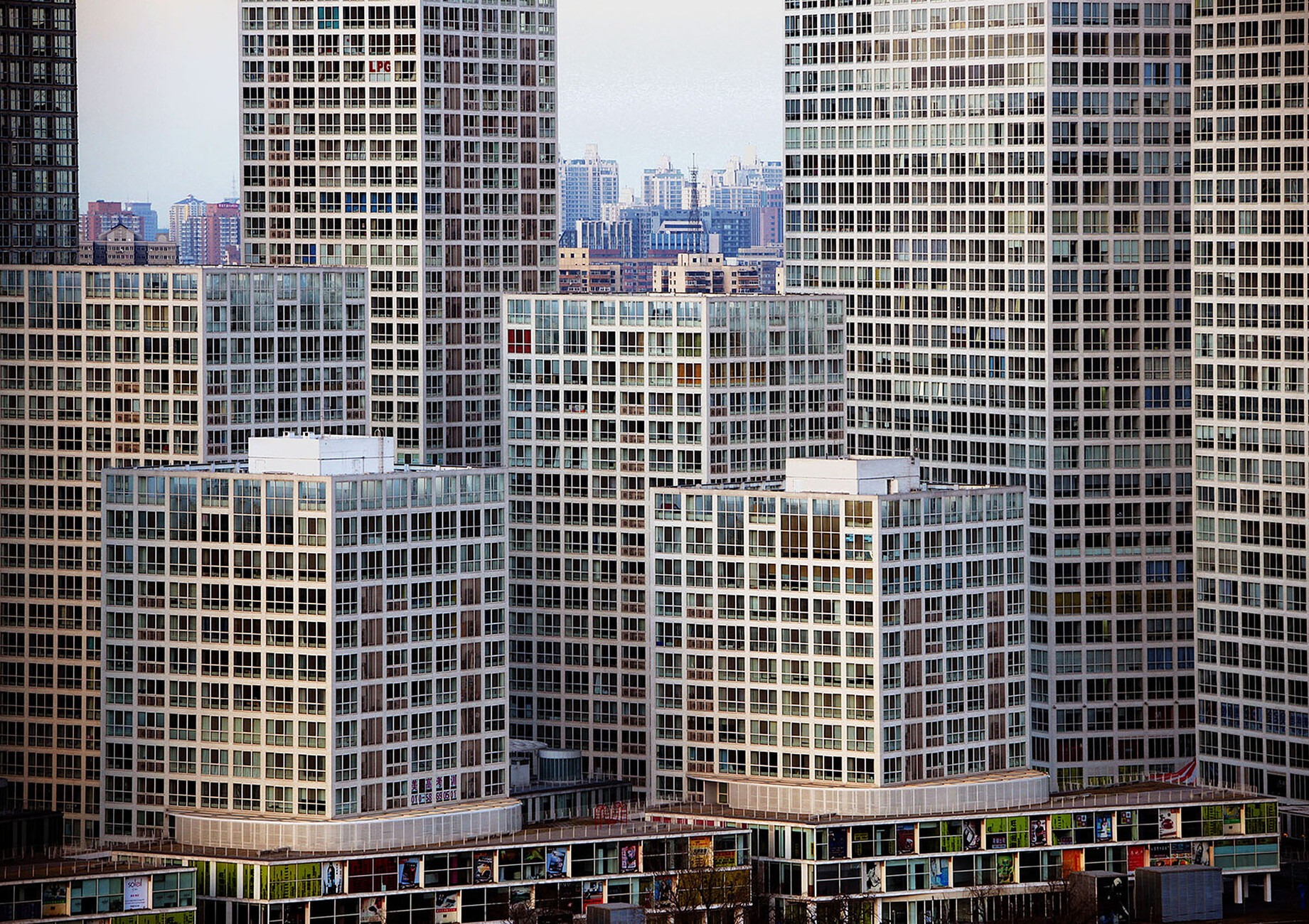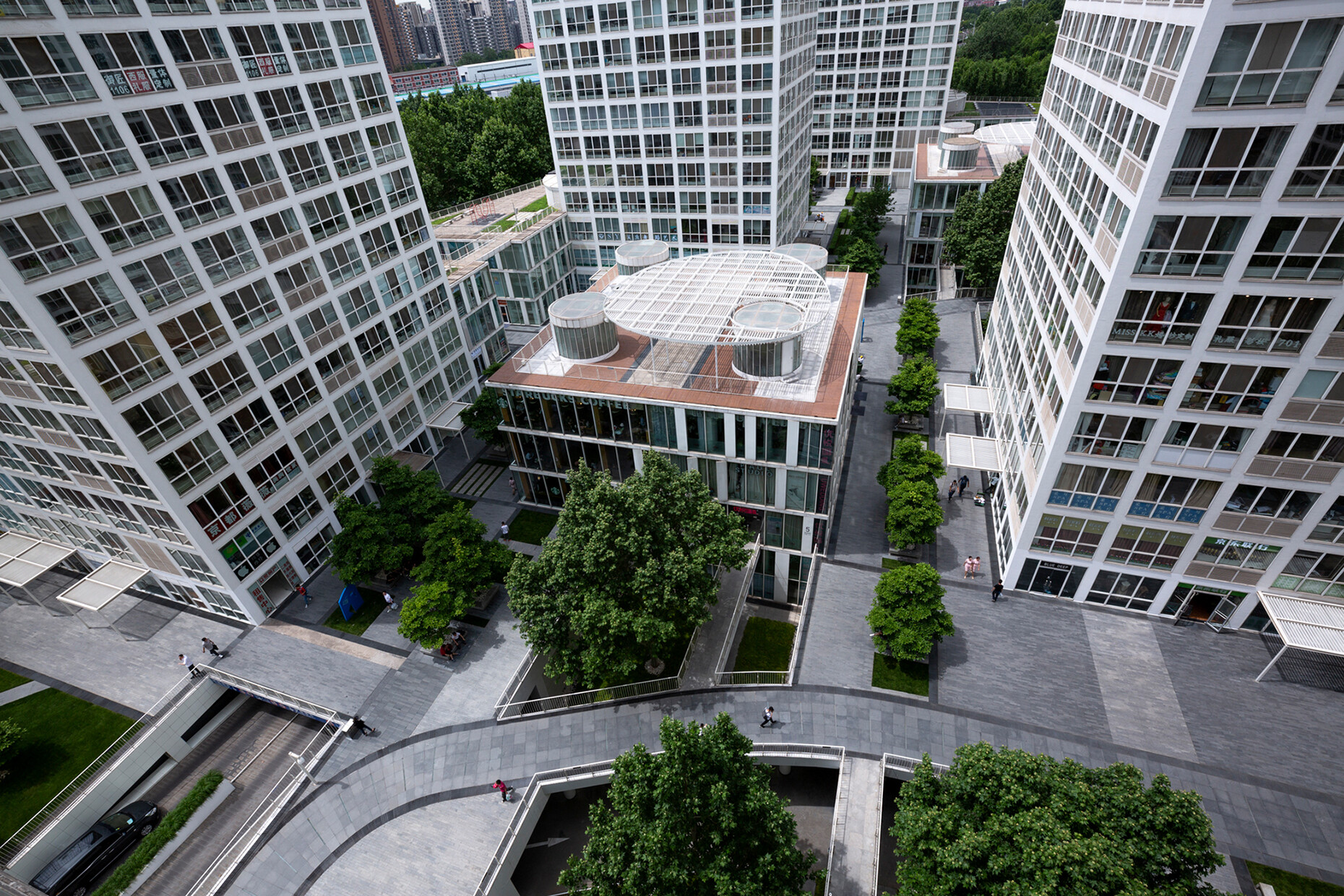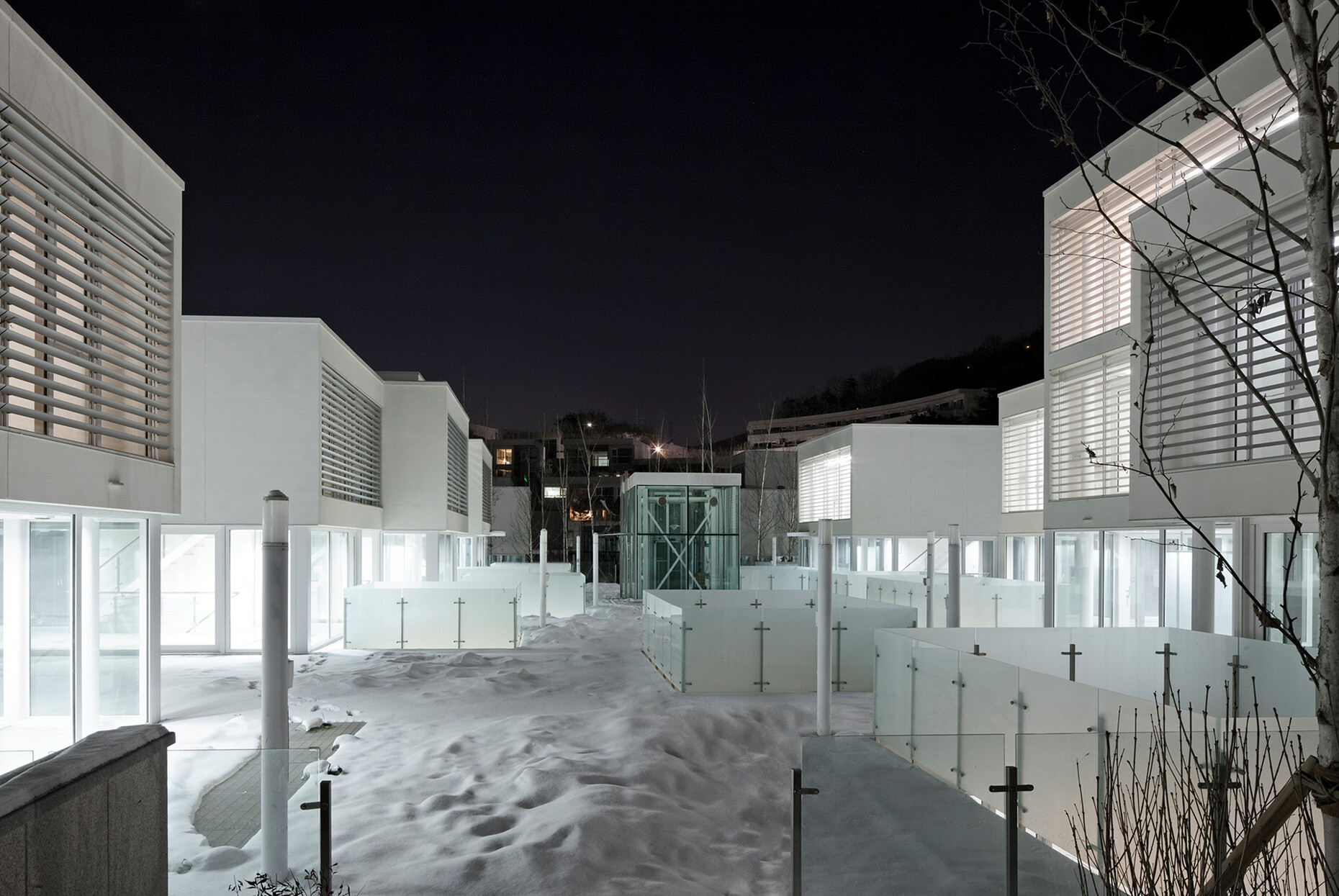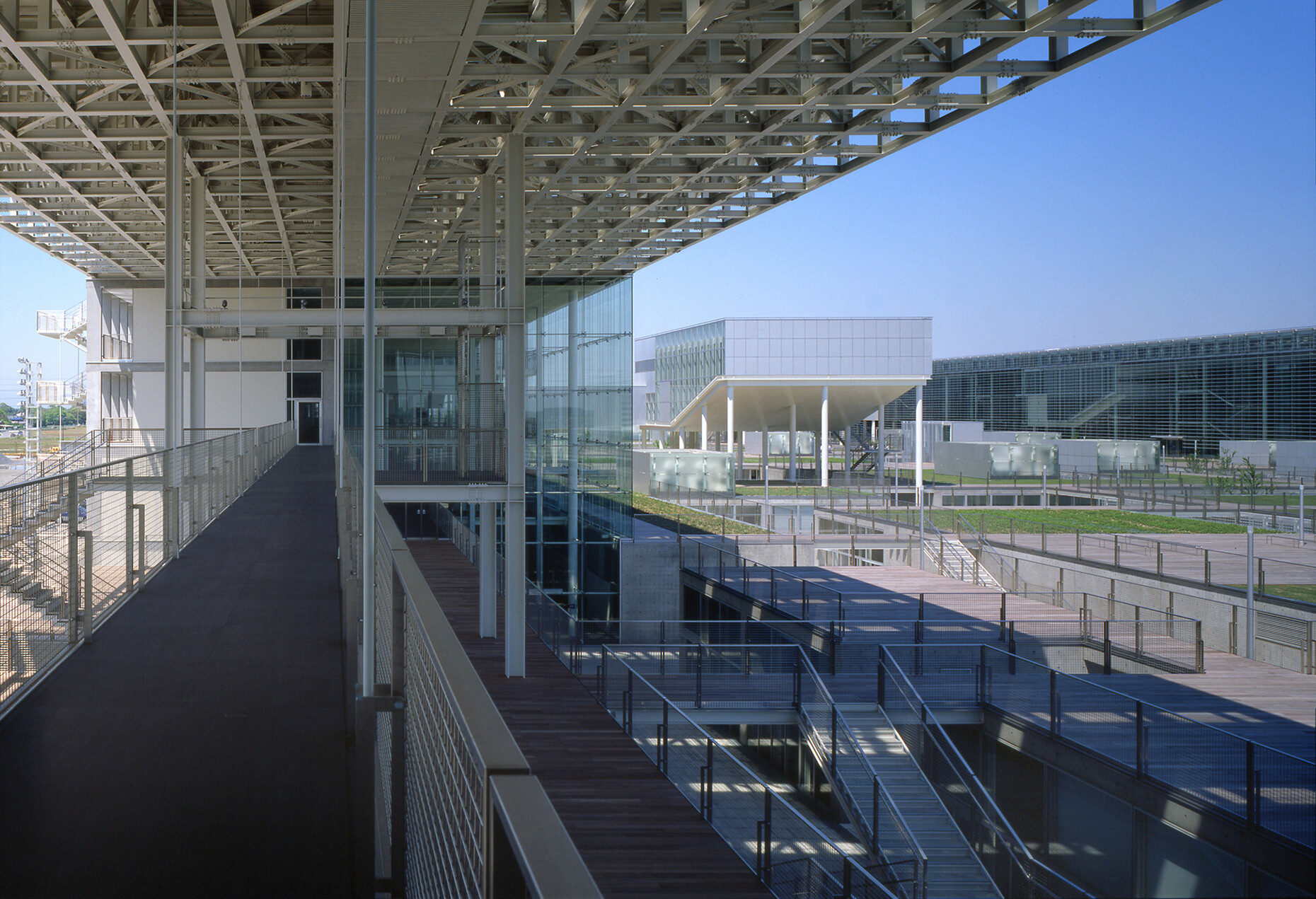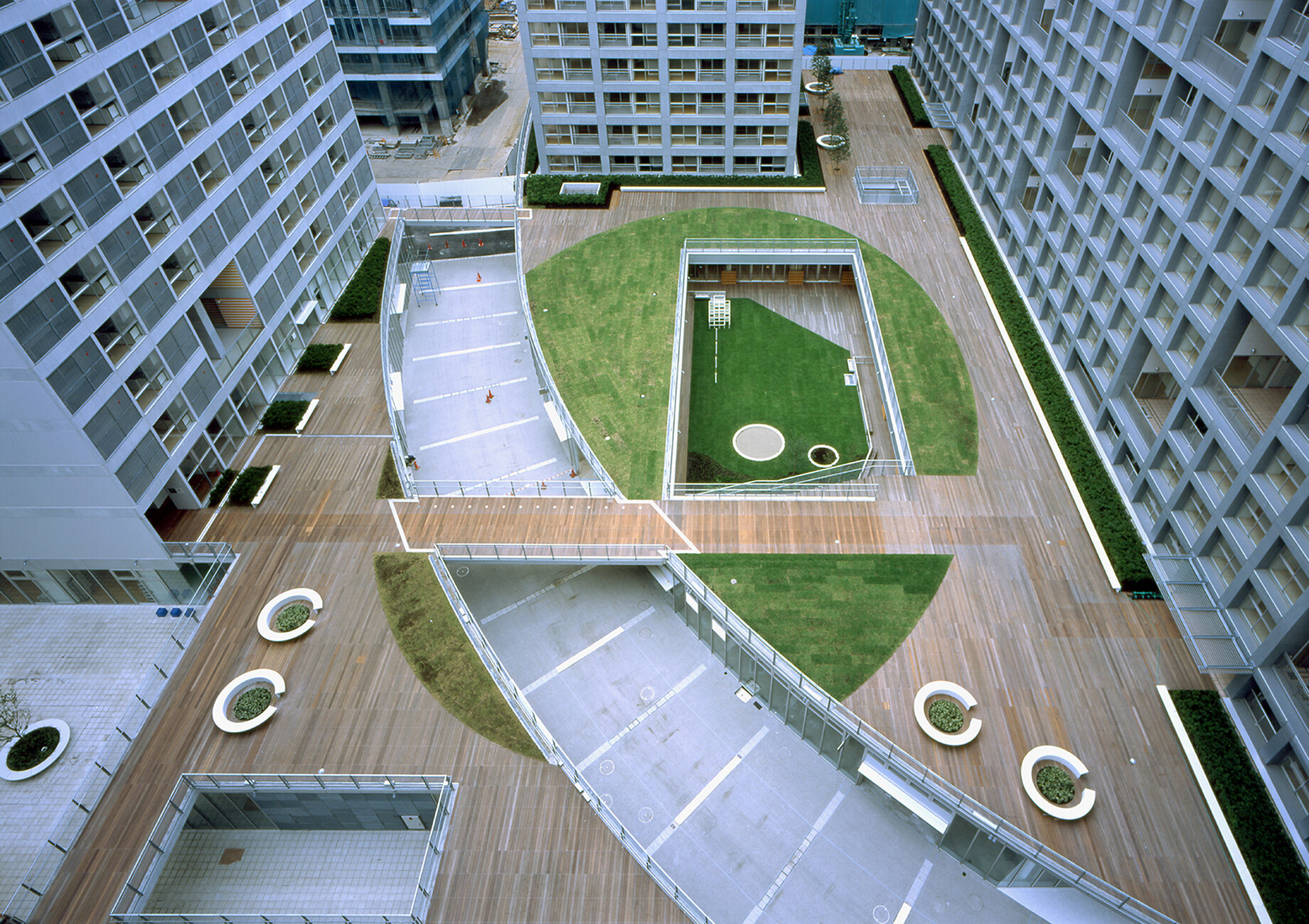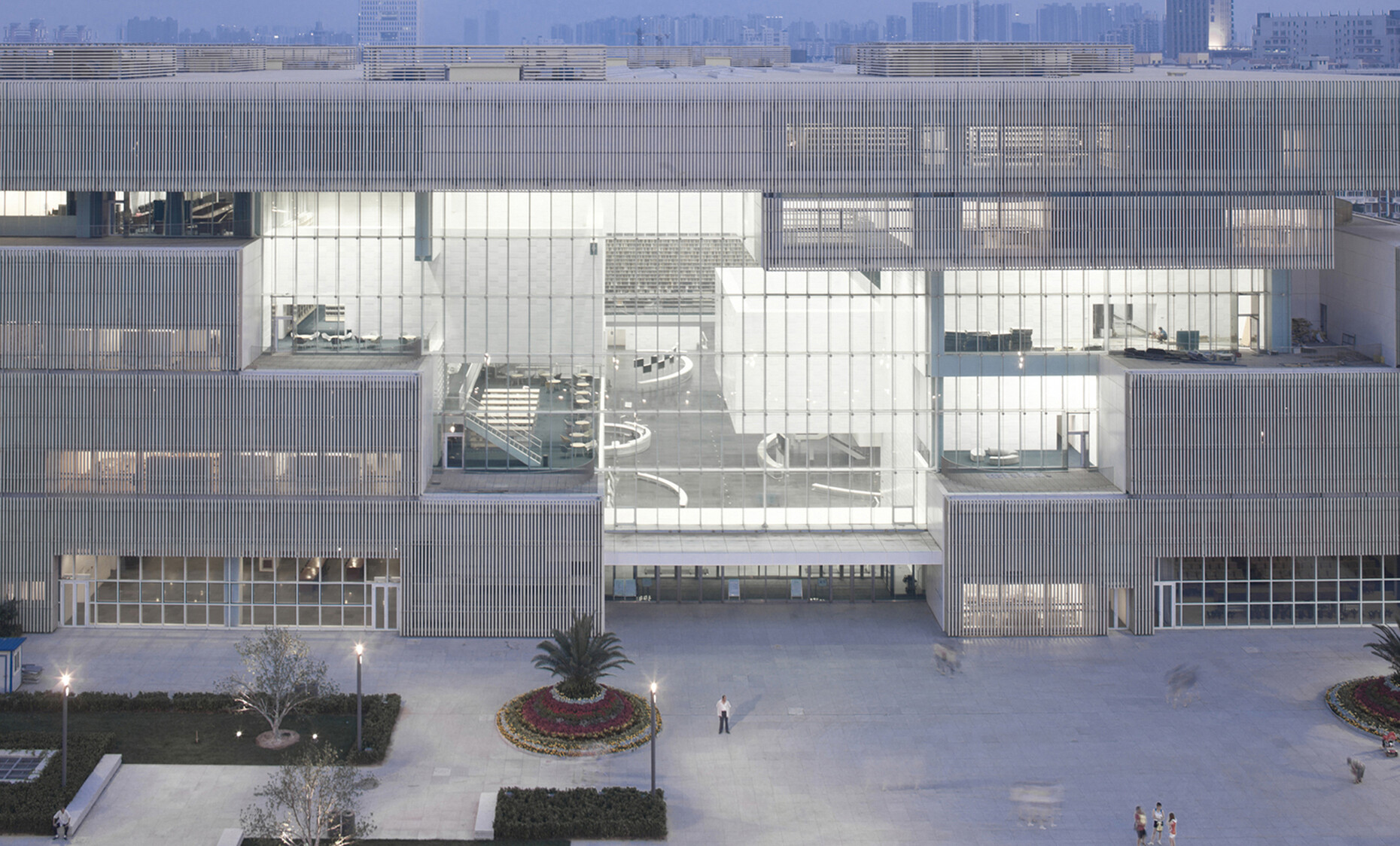Architect of the Threshold
Riken Yamamoto was interested in the relationship between public and private space from an early age: born in Beijing, China, in 1945, he moved to the city of Yokohama in Japan shortly after the end of the Second World War. He lived in a house modelled on a traditional Japanese machiya, with his mother's pharmacy at the front and the private living area at the back. "The threshold on one side was for family, and on the other side for community. I sat in between," he recalls.
After graduating in architecture from Nihon University in 1968 and graduating with a Master of Arts in architecture from Tokyo University of the Arts in 1971, he founded his office Riken Yamamoto & Field Shop in 1973. At the beginning of his career, the architect travelled through countries and continents with his mentor Hiroshi Hara, spending months at a time understanding communities, cultures and civilisations. After travelling extensively along the Mediterranean coast (1972), from North to South America (1974) and from Iran to Nepal, he came to the conclusion that the idea of the "threshold" between public and private spaces was universal. "The villages were different in their appearance, but their worlds [were] very similar."
Yamamoto sees these boundaries as a social opportunity and he is convinced that all spaces can be beneficial to society as a whole, and not just to the people who inhabit them. This sociological approach also permeates his architectural work: "Riken Yamamoto is not an architecture historian, yet he learns from the past as well as from different cultures. As an architect, he does not copy from the past, rather he adapts, re-uses and evolves, showing that fundamentals persist in their relevance. Yamamoto has expanded the toolbox of the profession towards both the past and the future to be able to give each time, in very different modes and at very different scales," the jury stated. With this in mind, he started designing single-family homes that connect the natural and built environment and welcome both guests and passers-by, as in his first project, the Yamakawa Villa (Nagano, Japan 1977). Transparency in form, material and philosophy was to remain an essential element in his designs. With the development of Ryokuen-toshi, Inter-Junction City (Yokohama, Japan 1994), he established an urban planning approach that emphasises evolution as an essential feature.
His portfolio increasingly expanded from private residences to public housing, from primary schools to university buildings and from institutions to public spaces. After the devastating Tōhoku earthquake and subsequent tsunami in 2011, he founded the Local Area Republic Labo, an institute that advocates for the community through architectural design, and launched the Local Republic Award in 2018 to honour young architects who act with courage and ideals for the future. "One of the things we need most in the future of cities is to create conditions through architecture that multiply the opportunities for people to come together and interact. By carefully blurring the boundary between public and private, Yamamoto contributes positively beyond the brief to enable community," states Alejandro Aravena, chairman of the jury and 2016 Pritzker Prize winner. "He is a reassuring architect who brings dignity to everyday life. Normality becomes extraordinary. Calmness leads to splendour."
Yamamoto continues to work and live in Yokohama, in community with his neighbours. He has recently been appointed a visiting professor at Kanagawa University in his hometown. Previously, he taught at Tokyo University of the Arts (2022-2024) and was President of Nagoya Zokei University of Art and Design (2018-2022). Numerous awards testify to his achievements in the field of architecture and his buildings can be found throughout Japan, the People's Republic of China, the Republic of Korea and Switzerland.


